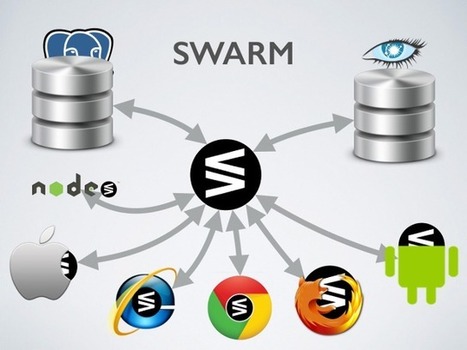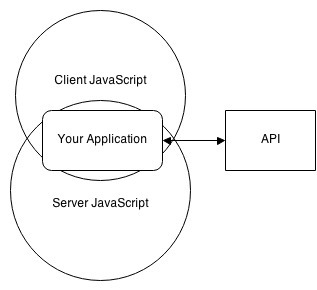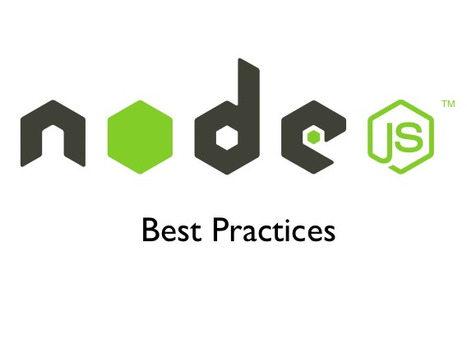With frontend development moving as fast as it does at Bitly, things can get pretty messy. We found ourselves with piles of unmanaged script tags and little indication of what was still being used in the app’s current iteration. There had to be a better way!
Enter Browserify!




 Your new post is loading...
Your new post is loading...



























